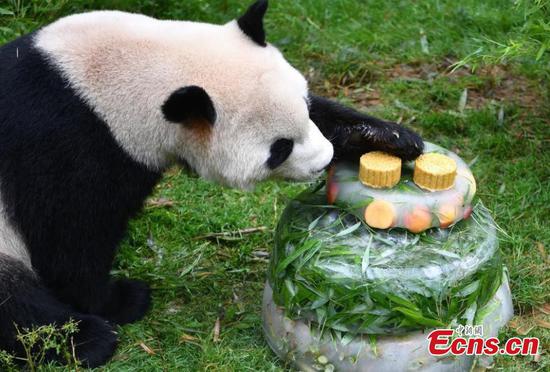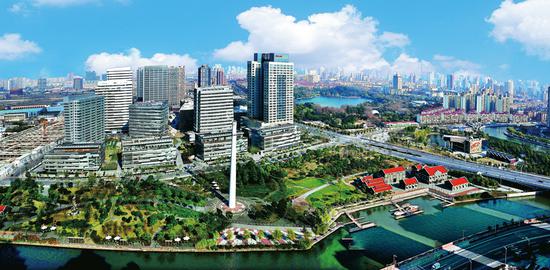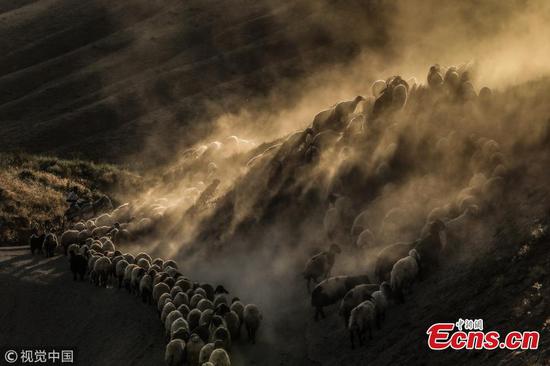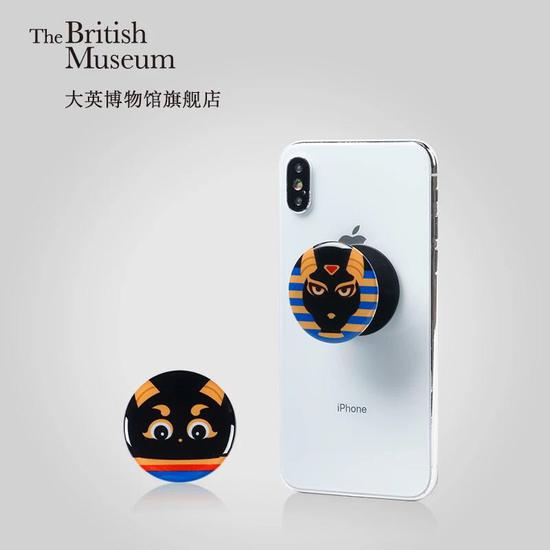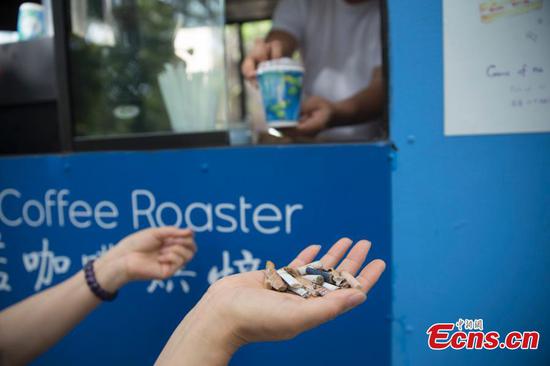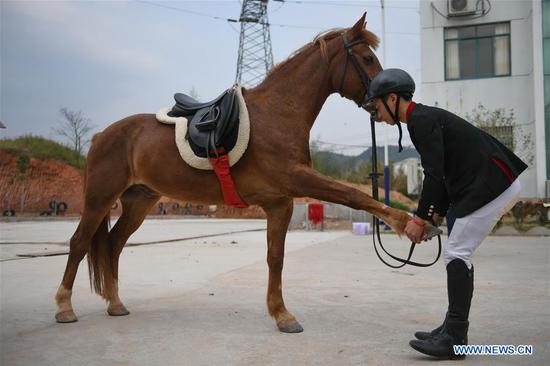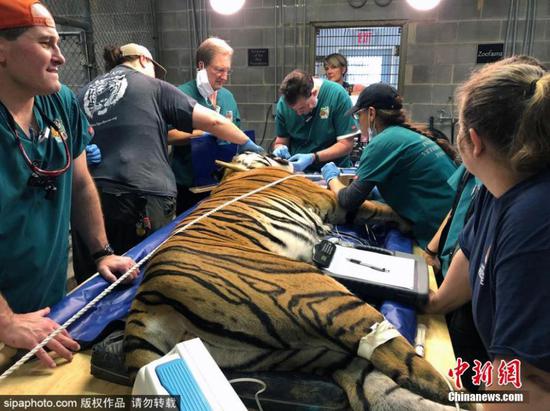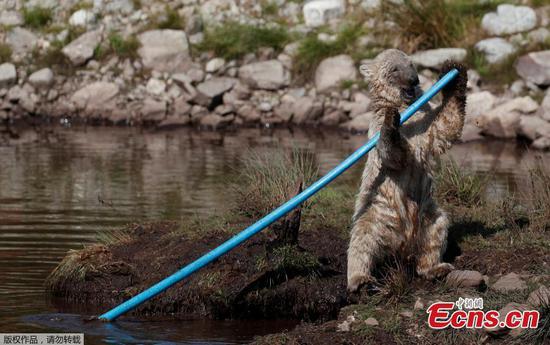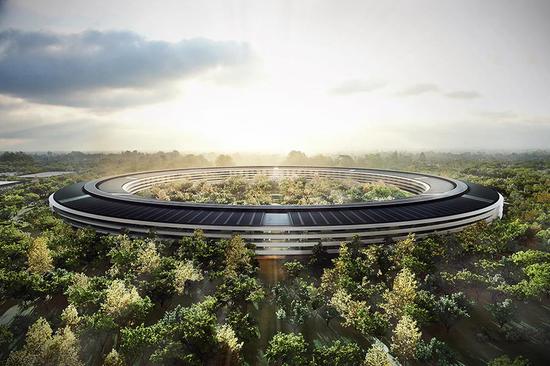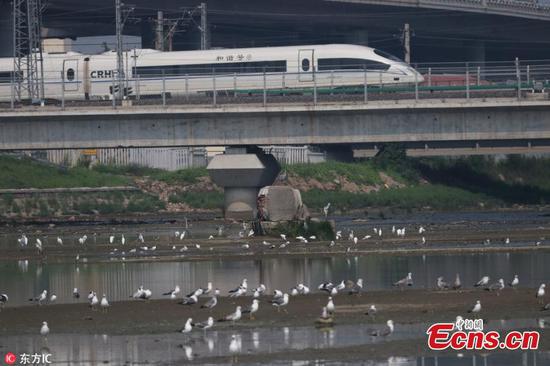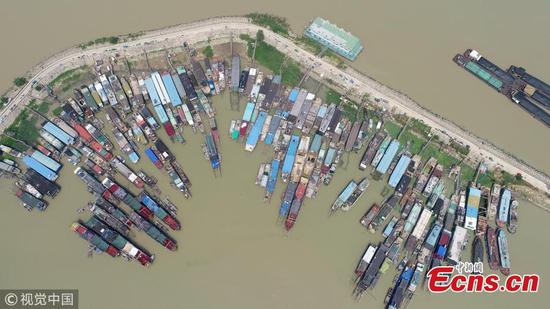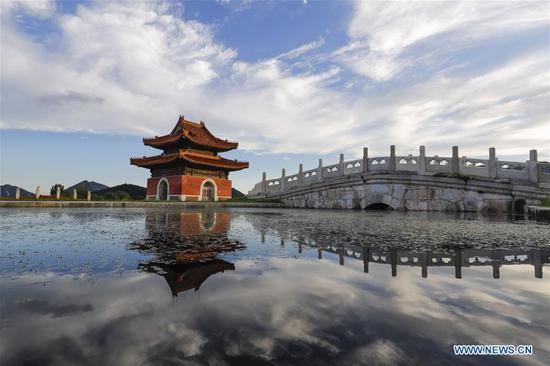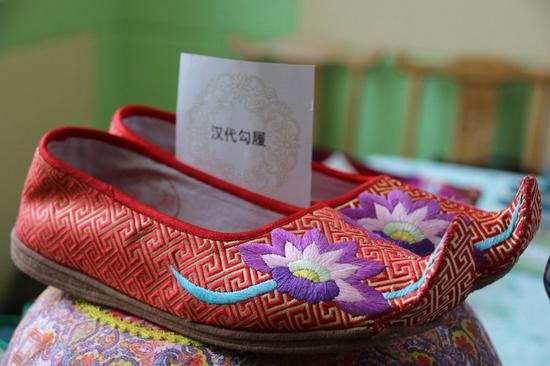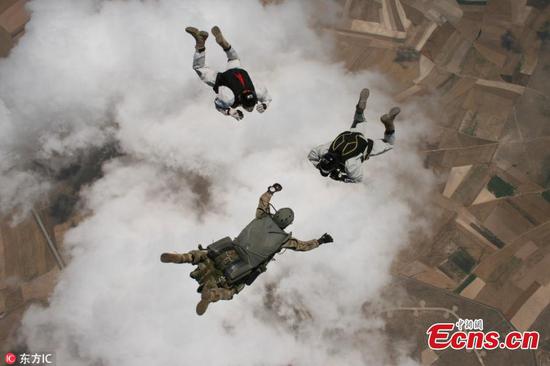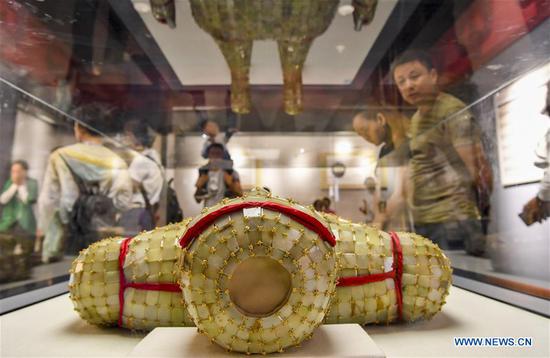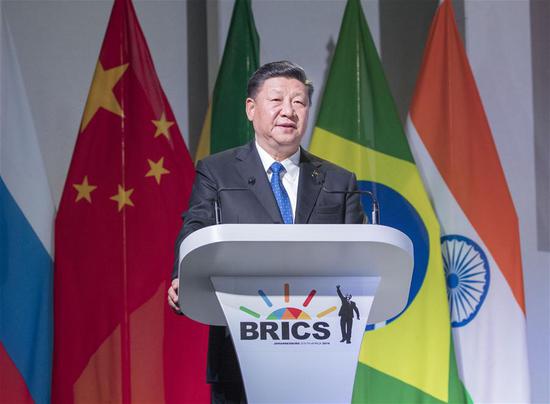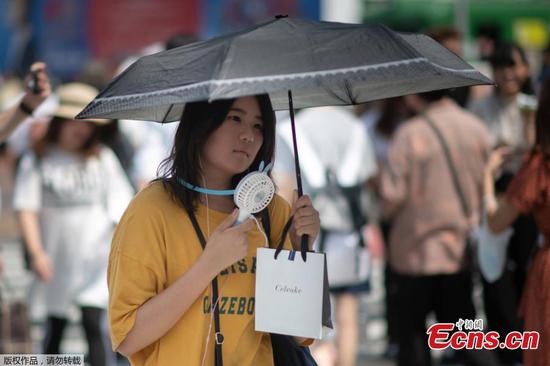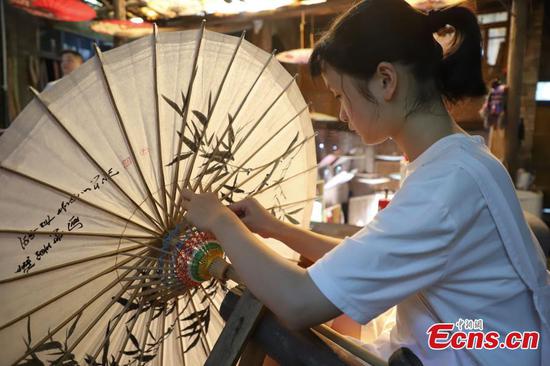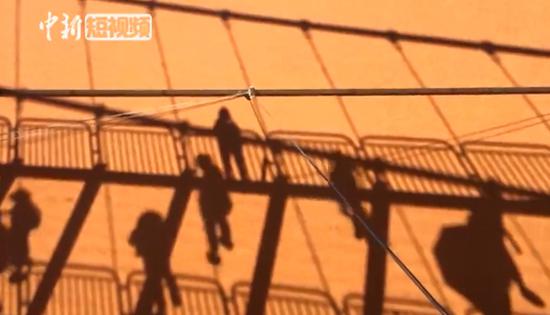Starbucks Coffee has become one of the biggest success stories of an American brand in the Chinese market. But that success did not come overnight. So how did a tea-drinking nation come to love coffee? Yang Chengxi reports on how its popularity is linked to China's economic rise over the past two decades.
Today this cup of coffee has become synonymous with a bucket of KFC or a Big Mac. China has become the second largest market for Starbucks, with new stores opening every 12 hours. But it wasn't always like this.
HOWARD SCHULTZ FOUNDER, STARBUCKS: "We were not successful in the early years. It took a number of years for us to get traction and gain success and loyalty. There were many people, some inside the company and certainly outside the company that said Starbucks would never succeed in China."
In 1999, Starbucks entered a market where most people have long preferred tea. Many consumers also thought the high prices made it too luxurious a product. The company was losing money in China in its first nine years.
HOWARD SCHULTZ FOUNDER, STARBUCKS: "We understood early on we had to educate the market about especially coffee. We understood that there was a place in between home and work, which is the third place."
YANG CHENGXI SHANGHAI: "Over the past two decades, as China's economy has developed and many multinational corporations have come here, a big part of the white collar middle class sprung up in China's first tier cities. These were the people that Schultz hoped would be their target customers."
Starbucks estimates that there will be 600 million middle class citizens in China. That's nearly twice the population of the United States.
HOWARD SCHULTZ FOUNDER, STARBUCKS: "The rising middle class, the rising level of consumerism, and we had great faith in the growth and development of China. I was one of the early CEOs in America saying how bullish and excited I was about the Chinese opportunity for Starbucks and the China market."
With Starbucks expanding in China faster than in any other country, China has become the company's best bet for the future. However, domestic coffee brands are ambitiously eyeing a piece of the market, with companies like Luckin, who base its business model on online ordering and fast delivery.
DANIEL ZIPSER SENIOR PARTNER, MCKINSEY: "It's quite typical in China. If there is some basic industry that works and is successful, it attracts more. I think the hope there is that the tech companies and like-minded was to say, how can it be more convenient, how can you have an O2O component into the coffee chain?"
Starbucks aims to have 6,000 stores in China by 2022. While the story of Starbucks China has largely been a story of China's burgeoning middle class, meeting the internet challenge as a brick-and-mortar chain could be a challenge in and of itself.









